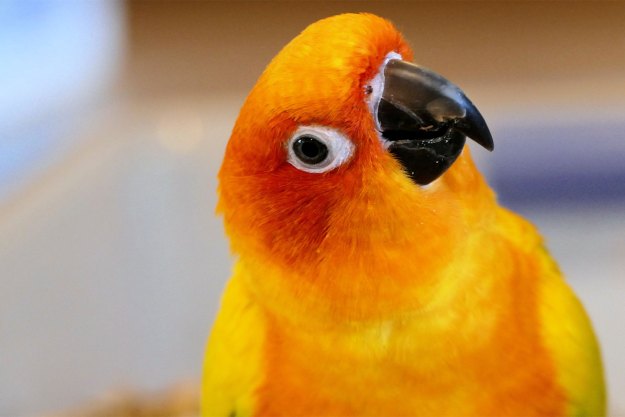
The nitrogen cycle in aquariums makes the beginning stages tricky, especially if you have delicate fish and plants. A good aquarium substrate helps you during this sensitive stage by allowing helpful bacteria and plants to grow so your fish can swim in purified waters. We’ve done the work and researched the top planted aquarium substrates to help you find the right material for your tank.
The typical planted aquarium substrate has essential nutrients like magnesium, iron, calcium, potassium, and other minerals. Some will turn your water slightly acidic, while others have no effect on your tank’s pH. Keep this in mind as you search for your substrate, as it might affect how well your fish and plants adapt to their new home.
Some common substrates include volcanic soil and synthetic clay gravel. Both contain high levels of nutrients that support plant, fish, and bacterial growth, so some things to look for are whether they’ll affect water pH, whether they’ll stain the water, and how well they’ll work with other parts of your aquarium. Now, let’s take a look at our candidates.
CaribSea Eco Aquarium Substrate
Best Complete Substrate

CaribSea’s substrate is a nutrient-rich basaltic material that encourages good bacteria and aquatic plants to grow. This complete substrate contains more than 30 minerals needed for a healthy aquarium like potassium, iron, calcium, and magnesium. When you mix this into an already established tank, gradually introduce a pound or two a day over a week or longer.
Fluval Plant And Shrimp Stratum
Best Volcanic Soil

The Fluval plant and shrimp substrate is sourced from nutrient-packed volcanic soil sourced from Japan’s Mount Aso. It’s ideally used for plants or juvenile shrimp in freshwater aquariums. Its light, porous surface makes it an attractive breeding ground for beneficial bacteria that keep your aquarium water clean. This substrate does not stain your water.
Seachem Aquarium Substrate
Best Clay Gravel

Seachem’s aquarium substrate is the best clay gravel alternative to volcanic soil. It works best as a single substrate, but feel free to mix this material with other gravels in your tank. This neutral gravel will last forever as long as your aquarium is in use.
Planted aquarium substrates are fundamental to healthy plants, fish, and your overall water tank system. They support healthy bacteria growth that helps purify your water so it doesn’t get loaded with waste and debris. Incorporate a layer of nutrient-filled substrate to your aquarium to discover just how much cleaner your water is and how much happier your precious aquatic pets are. Luckily, any of the substrates on our list is compatible with most water tanks, plants, and fish.


